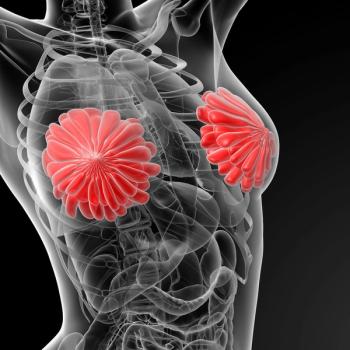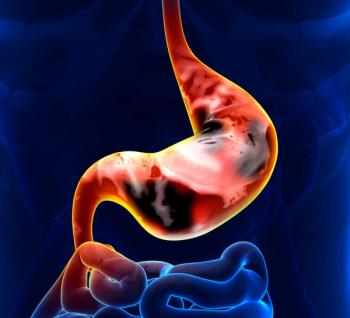
Oncology NEWS International
- Oncology NEWS International Vol 16 No 8
- Volume 16
- Issue 8
Nab-rapamycin active in breast and colon cancer models
Nanoparticle albumin-bound (nab) rapamycin (ABI-009) showed antitumor activity in xeno-graft models of breast and colon cancer, according to investigators from Abraxis BioScience
LOS ANGELESNanoparticle albumin-bound (nab) rapamycin (ABI-009) showed antitumor activity in xeno-graft models of breast and colon cancer, according to investigators from Abraxis BioScience, Inc, Los Angeles, who presented results at the 2007 American Association for Cancer Research (AACR) annual meeting (abstract 4719).
Rapamycin, an mTOR inhibitor (see box), has been available in oral formulations and has not been deliverable intravenously due to its insolubility. However, nab technologywhich already has been applied to paclitaxel (Abraxane)allows delivery and tumor targeting of insoluble drugs in the form of nanoparticles. Nab technology also enhances tumor penetration of insoluble drugs and improves drug accumulation in the tumor, said Neil Desai, PhD, vice president of research at Abraxis.
Abraxis plans to begin phase I clinical trials with nab-rapamycin in 2007; the trials are supported by the preclinical data presented at AACR. The company is also developing other nab candidates, including nab-docetaxel (ABI-008) and the HSP90 inhibitor nab-17-AAG (ABI-010).
The current study evaluated the feasibility of using nab technology to deliver rapamycin intravenously.
Pharmacokinetics was studied in a rat model at doses of 1, 15, 30, and 45 mg/kg. Anti-tumor activity was tested in xenografts of breast and colon cancers in athymic nude mice at a dose of 40 mg/kg on days 1, 5, and 9. Toxicity was studied in rats in doses ranging from 0 to 180 mg/kg.
In the safety studies, the drug was well tolerated at dose levels up to 90 mg/kg given IV on days 1, 5, and 9 for 3 weeks, with no significant clinical signs of toxicity and no observed hypercholesterolemia or hypertriglyceridemia. The pharmacokinetics were linear with respect to dose and rapid tissue distribution, which is typical of the other nab drugs, Dr. Desai said. The antitumor activity was considerable. Compared with controls, nab-rapamycin significantly inhibited in vivo tumor growth by 71% to 88% in all three tumor models (one breast cancer and two colon cancer). Weight loss was similar to controls in most cases.
Articles in this issue
over 18 years ago
Avoiding copay shockover 18 years ago
Induction chemo increases survival in unresectable NSCLCover 18 years ago
Superselective chemo strategies for HCCover 18 years ago
'Value meal dosing' of lapatinib is proposedover 18 years ago
AMA approves CPT code for Axxent electronic brachytherapyover 18 years ago
Zevalin/R after CHOP-R doubles CRs in follicular NHLover 18 years ago
RT plus local paclitaxel gel promising in esophageal caover 18 years ago
TH vs TCH in metastatic breast cancer: 'Take your pick'Newsletter
Stay up to date on recent advances in the multidisciplinary approach to cancer.

















































































